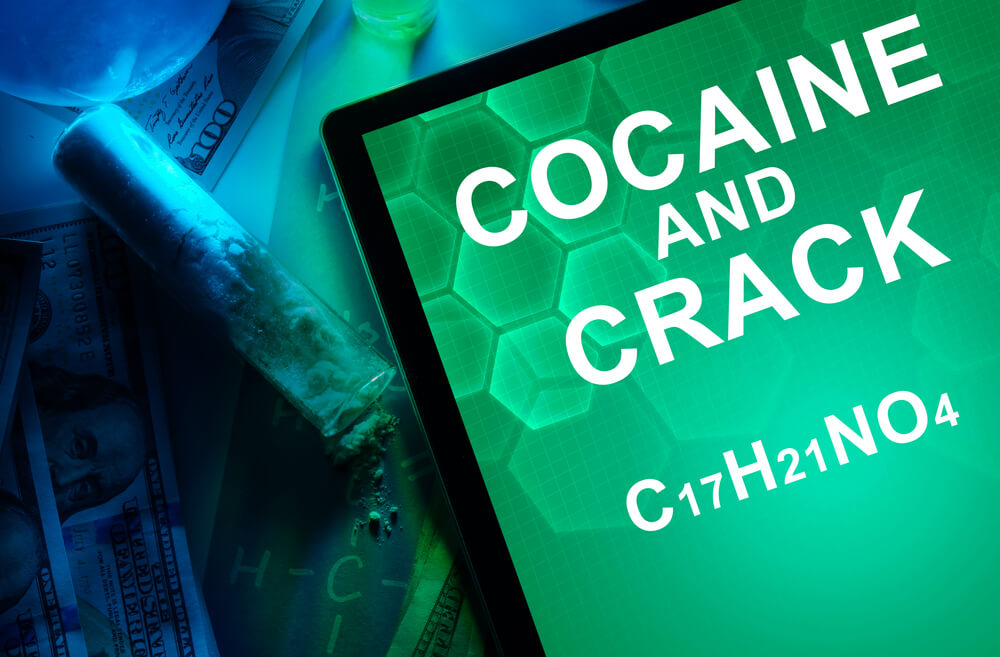Cocaine and crack are the most scandalous, and notorious illegal drugs, being inseparable from many substance misuse and habits. It is a much deadlier form of an already-potent drug, so-called for its distinctive cracking noise during production.
The high brought by it is more intense and amazing, yet fleeting, that can last for up to 15 minutes; nonetheless, this forces users to take another shot when the effects cease to be felt, making a cycle to do it over and over again, leaving them addicted to the stimulation of the substance and making them long-term cocaine-dependent patients.


